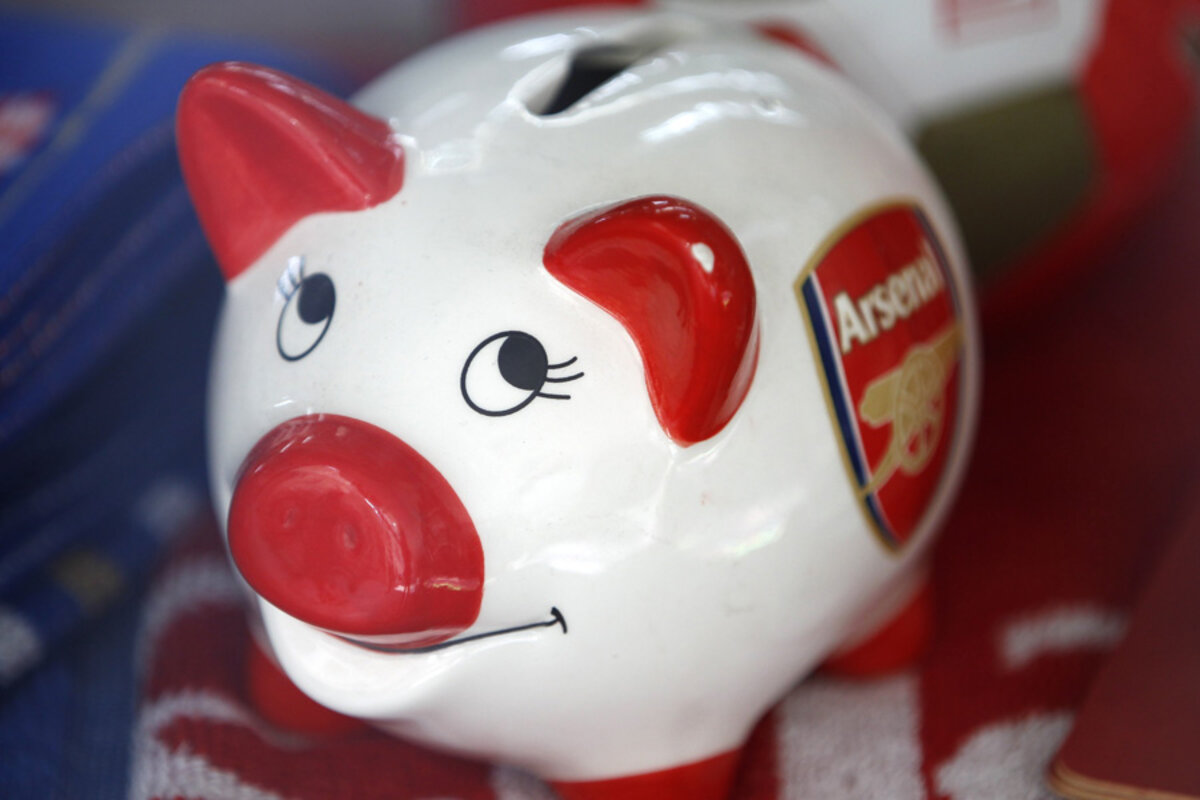Five steps to build an emergency fund
Loading...
An emergency fund is an essential element in every person’s financial health. Even seemingly wealthy people with high incomes can be living paycheck to paycheck with almost no ability to absorb unexpected expenses. A conducted for the found that 64 percent of Americans wouldn’t be able to cover an emergency expense in excess of $1,000 without a loan or a cash advance. And those cash advances can cost you big time, usually to the tune of 20 percent to 30 percent interest.
If you have no , where do you start? Or perhaps you have a small amount set aside, but want to save more? Here are a few steps to get a strong emergency fund up and running.
- Define “emergency fund.” This is typically enough money to cover three to six months’ worth of non-discretionary expenses, readily accessible in case of emergency. What constitutes an emergency? Job loss, car breaking down, water heater goes out—you get the idea. What is not an emergency? A spontaneous trip, a new fall wardrobe, upgrading to the newest smartphone. Your emergency fund is there for true emergencies, and you should dip into it only when absolutely necessary.
- Set a small, initial goal. Remember that $1,000 that two-thirds of Americans can’t cover? Why not start there? Most banks will let you open additional savings accounts. Have your bank open a for you that is only for your emergency fund. Set a monthly savings goal that will get you to $1,000. For some, that might take just a few months; others might need a year or longer. The most important thing is to make a plan and get started.
- Set a bigger, longer-term goal. Now that you have your initial fund set up, take some time to set a long-term goal for your emergency fund, keeping in mind that you may need to access it at some point in the process. A good minimum is cash equal to three months of non-discretionary expenses. After that, it depends on your situation. Someone who works in sales and relies heavily on commissions may want to build up a fund able to cover expenses for six to nine months, or longer. A dual-income couple, who both work in stable industries, may be comfortable staying closer to three to six months. Reaching this goal may take several years of saving. Add a strict savings goal to your monthly budget, and stick to it.
- Find the right vehicle. �ճ���� presents an interesting dilemma for most. It usually represents a large amount of cash that you need readily available, but as most advisors will tell you, sitting on cash is actually counterproductive. Your savings account may earn less than 1% per year, and yet inflation has averaged 2 percent to 3 percent a year over the past few decades. Keep a minimum amount readily accessible, maybe your first three months’ worth. After that, with funds that wouldn’t be needed in the short-term, seek out low-risk investments that can earn more than your savings account, such as a money market fund or short-term CD. In an emergency, you’d still be able to access these funds, although you’d have to pay a penalty for making a withdrawal from a CD prior to maturity.
- Adjust as needed. To repeat: Take money out of your fund only in an emergency. But chances are that over time, your monthly expenses will grow. So should your emergency fund. Also, when you do use money for an emergency, make it a priority to get the fund back up to its target level as soon as possible. Just as before, this may take months or years depending on the expense, but it should still remain a priority.
Your emergency fund is a for you and your family. It should help you sleep better at night. Emergencies happen unforeseen. Being able to meet these needs without ruining your financial health is both practical and beneficial to achieving your long-term financial goals.




